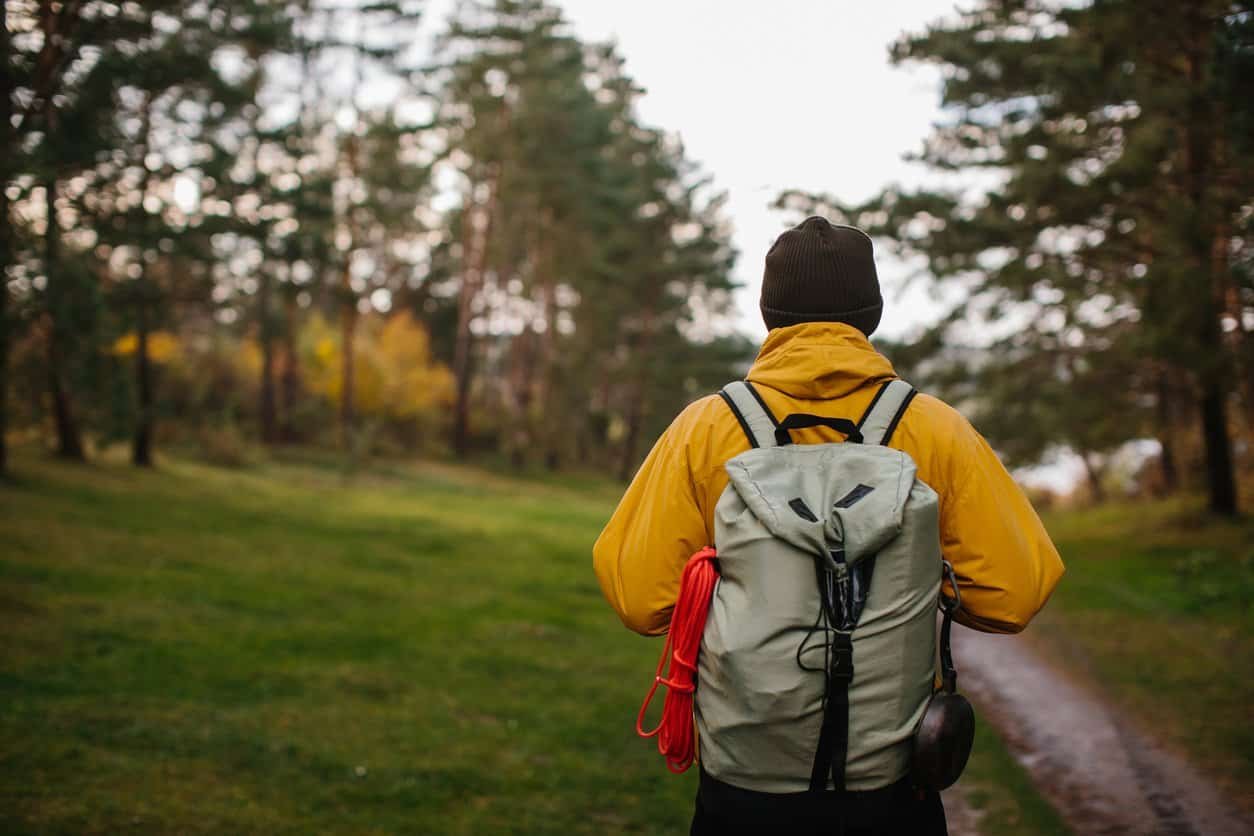
Source: iStock
Exploring the outdoors comes with its own perils. You always need to be prepared for potential disasters.
Fortunately, there are many good-quality tools that you can use during emergency and survival situations. One of them is the lightweight, inexpensive, and multi-purpose survival cord, also known as paracord and parachute cord.
What are survival cords? What are the different ways you can use them to save a life? In this article, we’ll answer these questions and more.paracord manufacturer
What Are Survival Cords?
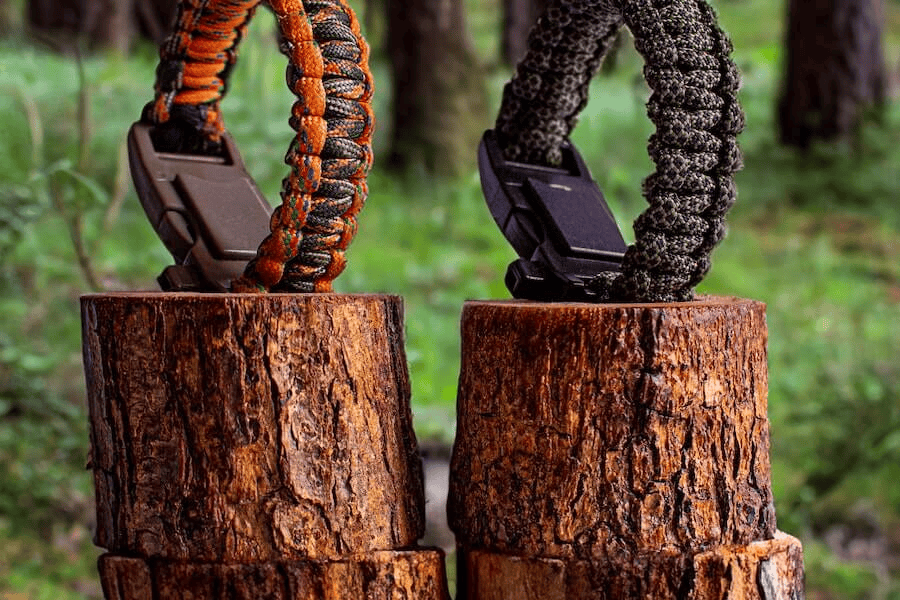
Source: Pexels
Survival cord simply refers to the different paracord types. To put it simply, paracord is any lightweight rope that’s defined by these features:
Made From Nylon
Manufacturers may use different materials, such as nylon and polyester, to make survival cords. However, authentic survival cords are almost always made from nylon.
Nylon offers several advantages, including:
- It has a more “natural” feel and a smoother texture.
- It has good resistance to wear, moisture, and rot.
- It makes the cord more flexible, so it’s easier to work with.
- It’s capable of stretching up to 30 percent of its length, so it doesn’t easily snap under tension.
Kernmantle-Style Construction
Like other kernmantle ropes, survival cords have an outer sheath and a core (the kern) with several strands. The individual strands are made up of three yarns that are braided together. The inner strands provide the strength of survival cords, while the sheath protects them from premature wear.
Common Types of Survival Cords
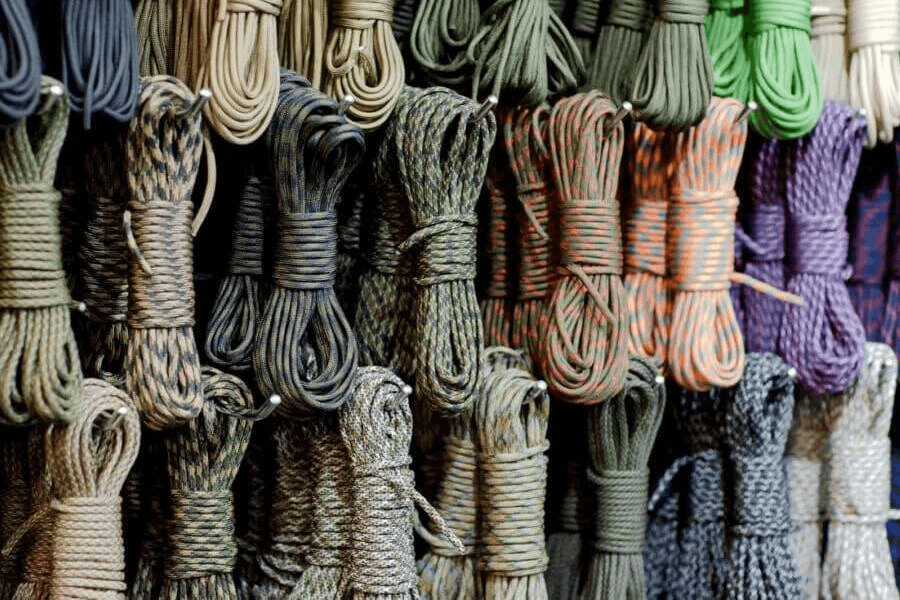
Source: iStock
Survival cards are available in different types. Each of them has its own minimum breaking strength and unique features. Below are some of the cords that you want in your kit during emergency or survival situations.
1. 550 Paracord
Among all types of survival cords, the 550 survival cord is the most popular option for many outdoor and crafting enthusiasts. It has a minimum tensile strength of 550 pounds (around 250 kilograms) and a safe working load of 110 pounds. Remember: Real 550 cords should have 7 to 9 inner strands.
2. Mil Spec Paracord
Like commercial paracord, mil-spec paracord has 7 to 9 inner strands that each consist of 3 yarns. It can also hold up to 550 pounds of static weight.
The main difference between the two is that mil-spec cords should go through rigorous testing to meet military specifications (Mil-C-5040). It’s significantly durable and strong, which makes it an ideal option for heavy duty applications.
3. Fire-Starting Paracord
Don’t worry if you don’t have kindling or tinder to start a fire. A fire-starting survival cord provides a simple way to ignite fires when you’re camping or in an emergency situation. This is different from regular paracord because it has a wax-coated inner strand that’s specifically designed to ignite fires.
4. Technora Survival Cord
Technora is a type of synthetic fiber known for its remarkable strength and resistance to high temperatures and chemicals. Regular paracord is heat resistant to 500°F, while Technora survival cord will melt at around 932°F! Due to its unique properties, it’s a great option for situations where exposure to high temperatures is expected.
Ways To Use Paracord in Emergency and Survival Situations
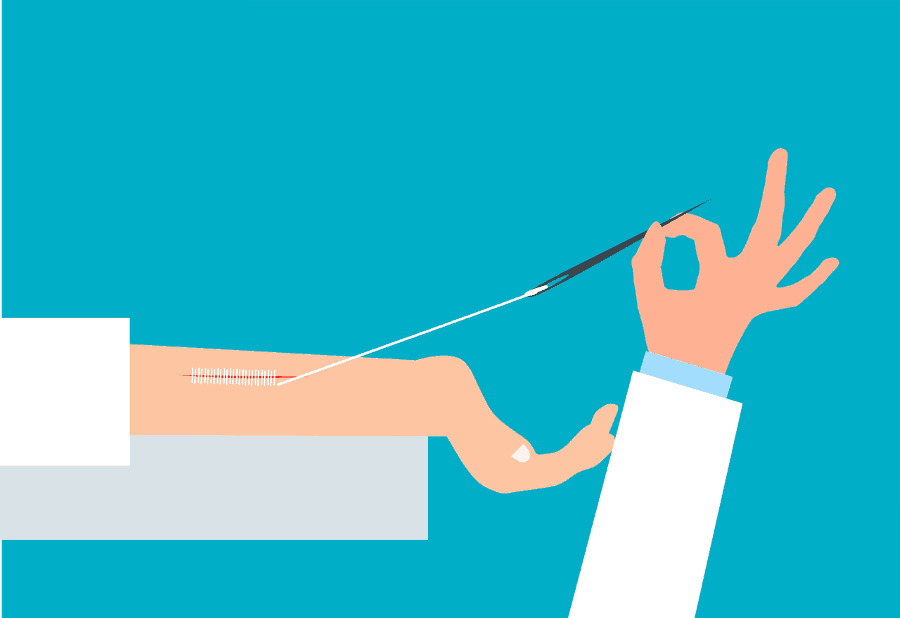
Source: Pixabay
With its impressive strength and versatility, survival paracord is one of the best tools you can have when exploring the great outdoors. Here are a few ways you can use this tool in any setting or situation:
1. Building a Shelter
If you’re in the wild, knowing how to build a shelter is one of the most essential survival skills you can possess. It keeps you safe from the weather and wild animals. You can use paracord to create a sturdy framework for different types of wilderness shelters, such as A-frame and “lean-to” shelters.
Follow these steps to build a basic “lean-to” shelter using a survival cord:
- Look for a spot to build your “lean-to” shelter. Make sure it has two large, sturdy trees that are at least five feet away from each other.
- Prepare the necessary materials: long pieces of wood (at least three), paracord, and any roofing material (e.g., moss and tarp).
- Put together a C-shaped frame by tying the three long pieces of wood together.
- Once assembled, lean and tie the frame against the large trees using your paracord.
- Place a few pieces of long branches on the frame to create a rafter.
- Add your roof material (e.g., tarp, tree bark, and leaves) over the support beams of your roof. Make sure the roof doesn’t have empty spaces.
2. Constructing Small Game Trap
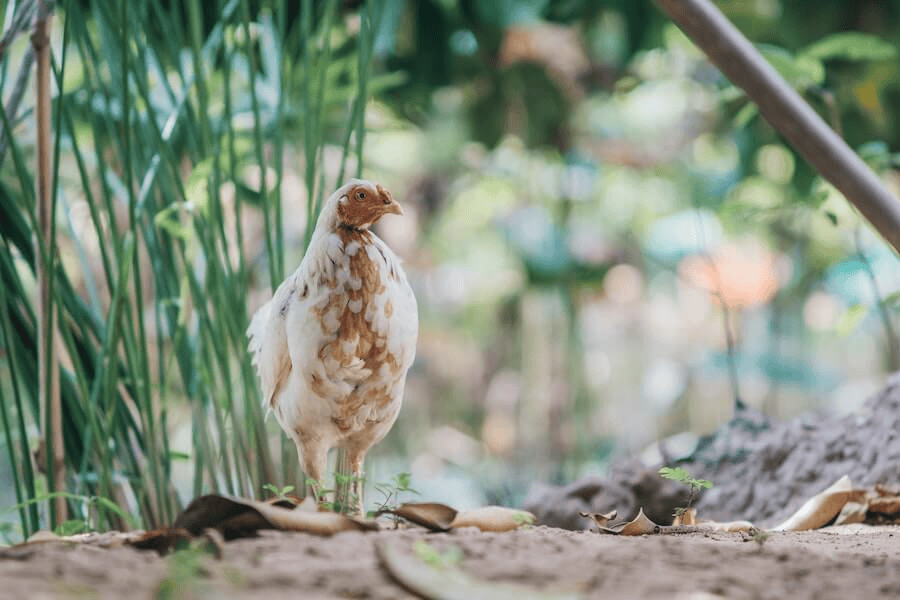
Source: Pexels
Getting enough protein and fat is essential for long-term survival in the wild. This won’t be a problem for anyone who knows how to make a snare to trap and kill a wide range of animals for food.
Here’s how to build a basic snare using the following materials:
- Paracord
- A thick wooden stick or tree branch
- A rock or mallet
- A sharp knife
Steps:
- Make your anchor by sharpening one end of your wooden stick or tree branch.
- Make sure your stick or piece of wood is strong enough to prevent the animal from getting away easily.
- Make a notch in the stick or branch to prevent your paracord from slipping off.
- Cut around 18 to 24 inches of paracord, and then take out one inner strand. Tightly tie the strand around the notch.
- Pound your anchor into the ground using your mallet, rock, or any solid object.
- Create a loop using your paracord. Make sure to open the cord to about the same size and width as your fist.
- Keep the noose in place using the surrounding vegetation or Y-shaped twigs. After this, all you need to do is wait.
3. Create a Simple Tourniquetparacord manufacturer
Before you use a tourniquet to control bleeding, it’s important to know when to use it. Improper use of a tourniquet could result in serious complications, such as tissue and nerve damage.
Remember:
- Use it as a last resort.
- Try other conventional techniques to control bleeding first, such as applying pressure.
- Seek immediate medical attention if you or someone else is in a situation where a tourniquet is necessary.
How to use paracord as a tourniquet:
- Identify the source of the bleeding. Please keep in mind that tourniquets are only used for arterial bleeding, a severe and urgent type of bleeding that’s characterized by rapid, pulsing, and bright red spurts.
- Place your survival cord between the source of the bleeding and your heart. For instance, if the injury is on your leg, place it above your knee. Never place a tourniquet over a joint.
How To Choose the Right Survival Paracord Braided Rope
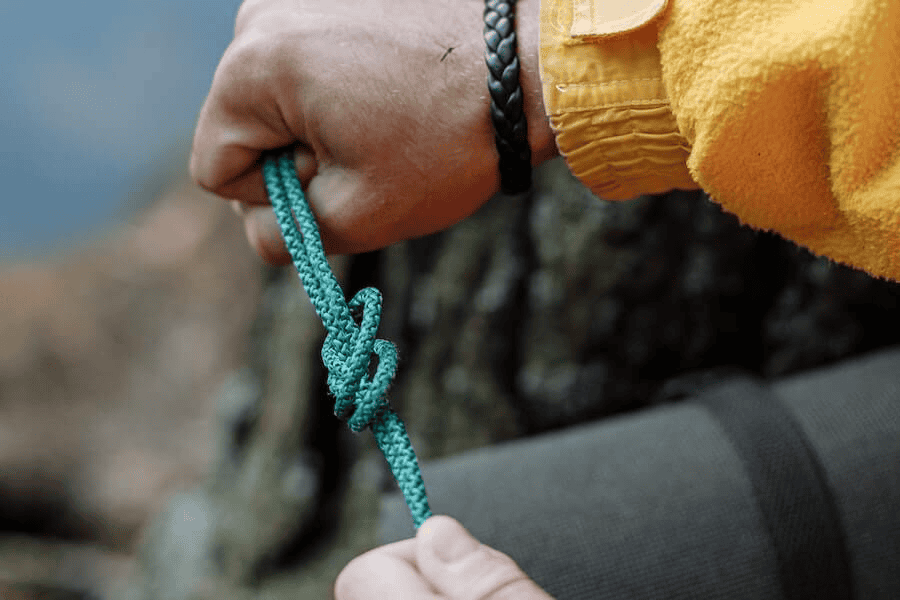
Source: Pexels
Like any in-demand product, survival cords have cheap and fake versions. So, it’s important to know what you’re buying to avoid wasting your hard-earned money. Here are three things to consider when buying a survival cord:
Breaking Strength Rating
Survival paracord is available at different levels of breaking strength. A Type I paracord has a static load rating of 95 pounds, while a Type IV paracord is rated to hold 750 pounds. Type III paracord (550 paracord), the most popular type, can withstand up to 550 pounds of static weight.
Cord Weight
Paracord weight is an important consideration, especially for outdoor enthusiasts, survivalists, and disaster first responders. Here are a few reasons why:
- Having a lighter load makes it easier for you to move faster and more effectively, especially during emergency situations.
- Packing light allows you to carry more survival cords in varying lengths and strengths to fit changing conditions.
Functionality and Special Features
Some survival cords, such as reflective paracord and fire-starting paracord, come with specialized features. When buying survival cords, make sure to evaluate whether these features will benefit you or your customers (if you’re planning to sell them).
Choose a Reputable Survival Paracord Manufacturer
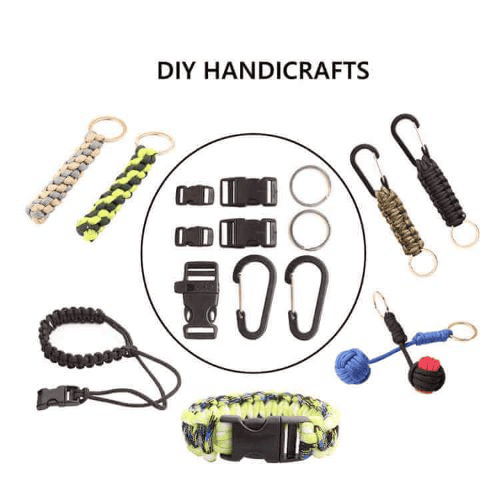
Source: Baiyuheng Outdoor
The great thing about survival cords is that they’re widely available. Military surplus shops and outdoor and sports shops have them in stock.
If you’re planning to make large-volume orders for your business, you need to work with established and trustworthy manufacturers, such as Baiyuheng Outdoor.
About Baiyuheng Outdoor
Baiyuheng Outdoor is a professional manufacturing company that’s based in Jiangmen City, China. Established in 2010, the company is a trusted manufacturer of outdoor and survival products, including survival paracord, survival cards, ferro rods, ropes, and more. They cater to both individuals and businesses from different parts of the world, such as the USA.
The Best Survival Cord Products
As a company that first started selling paracord products, Baiyuheng Outdoor will not limit you to a few choices of survival cords. They offer a large selection of customizable cords, which are available in different lengths, sizes, colors, and strengths. If you have specific requirements, all you need to do is call, email, or chat with their great customer service team.
Why Their Customers Keep Coming Back
Baiyuheng Outdoor has the necessary manufacturing certifications, which are important when you’re looking for a manufacturing partner. They also offer great services, so you can have peace of mind. Aside from their customization services, they can send you free samples and photos of your order. They even offer fast door-to-door delivery service. And unlike other manufacturers, they have a low minimum order quantity (MOQ) requirement.
Conclusion
A survival cord is just another name for paracord. Regardless of what you call it, there’s no denying that its functionality and adaptability make it a must-have item for emergency and disaster preparedness kits. So, the next time you’re thinking of a new product to add to your inventory, think about survival cords.

